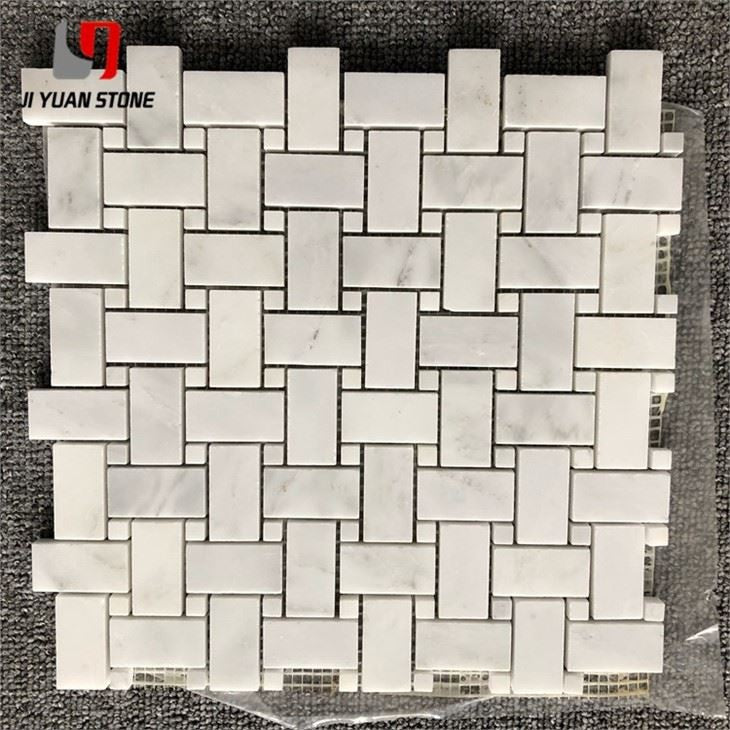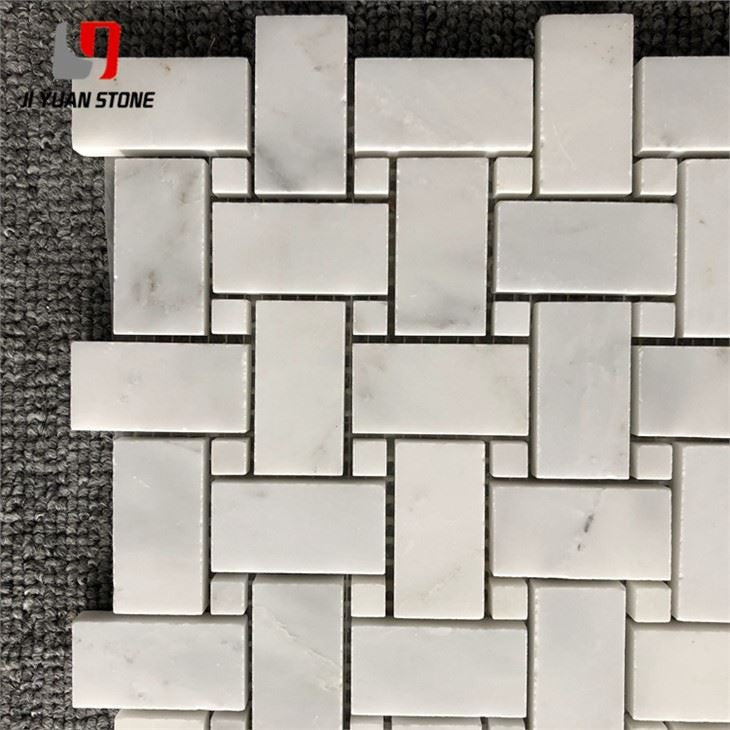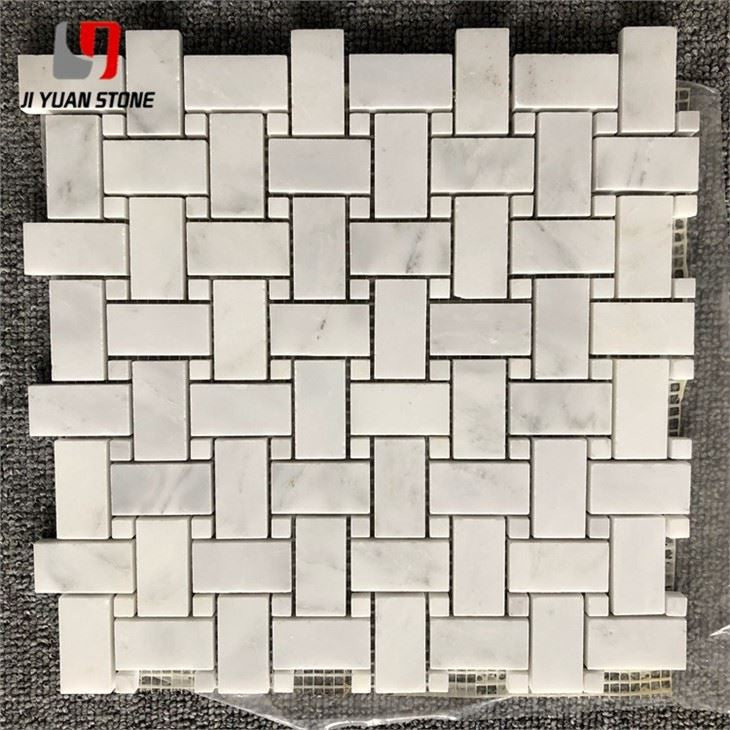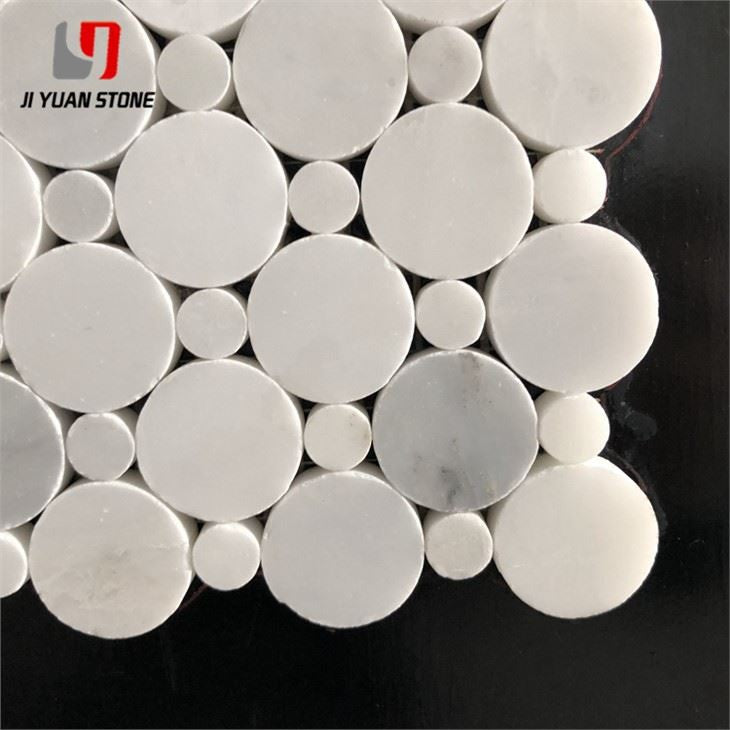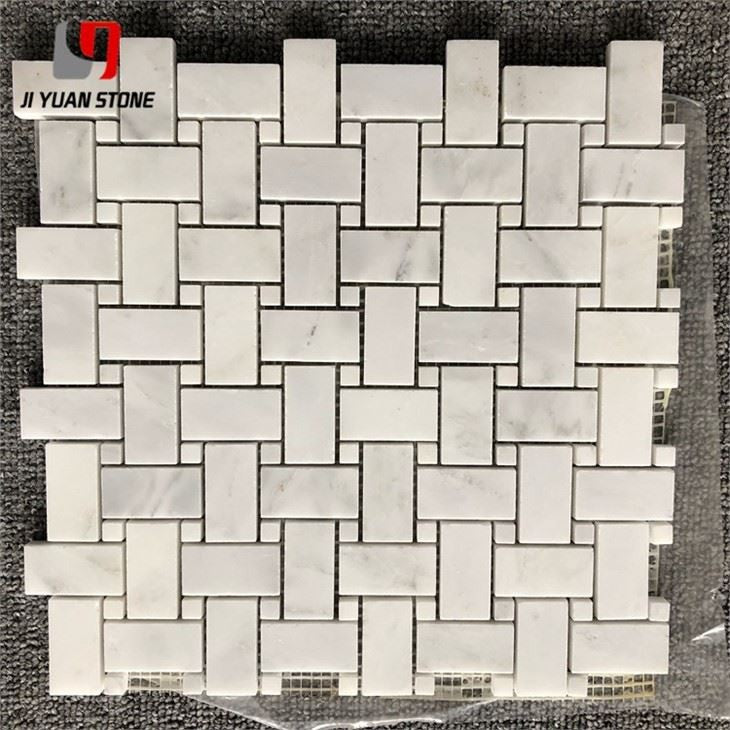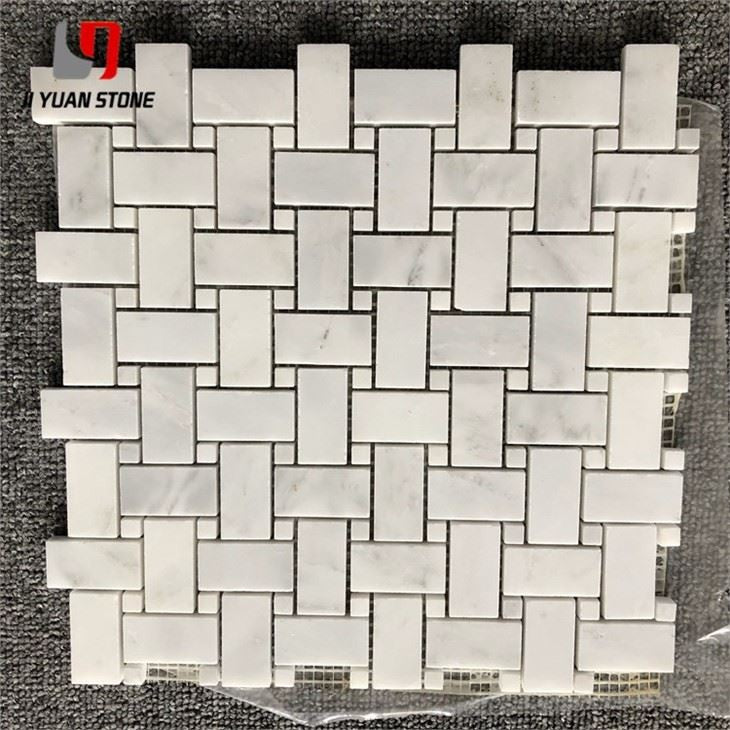Mosaic Arabesque tiles are elegant natural marble mosaics designed for interior and exterior applications, including walls, backsplashes, and decorative accents. Known for their timeless beauty, durability, and intricate patterns, these mosaics enhance both modern and classic interior designs.
Technical Specifications for Mosaic Arabesque Care
The China Marble Mosaic Association defines marble mosaic re-alkali as the process where soluble salts migrate through the pores of the mosaic arabesque to the surface, crystallizing into white patterns or mottling. Understanding this phenomenon is crucial for proper maintenance and longevity.
Characteristics of Saline Spots:
1 . Appearance & Shape: White patterns or variegated spots on tile surfaces.
2 . Solubility & Hardness: Easily soluble in water; low hardness allows removal with a damp cloth.
3 . Recurrence & Moisture Absorption: Tends to reappear, especially in areas prone to moisture; more frequent during dry periods following damp weather.
Chemical Components: Sodium and potassium salts such as sodium carbonate, sodium sulfate, and sodium hydroxide. These migrate to the marble surface via capillary water and crystallize.
Causes of Salt-Alkali Spots:
1 . Alkaline Components in Cement: Moisture brings alkaline substances to the surface, forming pattern-like spots.
2 . Alkaline Components in Marble: Certain marble types naturally contain alkaline substances, which can precipitate in humid conditions.
3 . External Environmental Factors: Soluble salts in saline-alkali regions migrate along walls, depositing on the surface.
4 . Coastal Influence: Sea mist deposits sodium chloride, causing white salt-alkali spots.
5 . Seasonal Salt-Alkali Formation: High humidity during rainy seasons may trigger alkali reappearance.
How to Prevent & Address Marble Mosaic Alkali Reappearance:
1 . Use Protective Agents Before Installation: Choose agents suitable for the marble type; lime-based mosaics need anti-alkali protection.
2 . Proper Protection During Wet Installation: Protect bottom surfaces; seal on-site cuts with waterproofing agents.
3 . Avoid Strong Alkaline Protective Agents: Use weak alkaline, eco-friendly, water-soluble agents for carbonate-based mosaics.
4 . Clean & Dry Before Protection: Ensure tiles are completely dry and clean; newly cut mosaics should dry at room temperature for at least 4 days.
5 . Apply Protective Agents Evenly: Adjust dosage based on water absorption; ensure thorough and even application.
By following these technical specifications and preventive measures, mosaic arabesque tiles maintain their pristine appearance, minimizing salt-alkali issues while ensuring long-lasting elegance.








